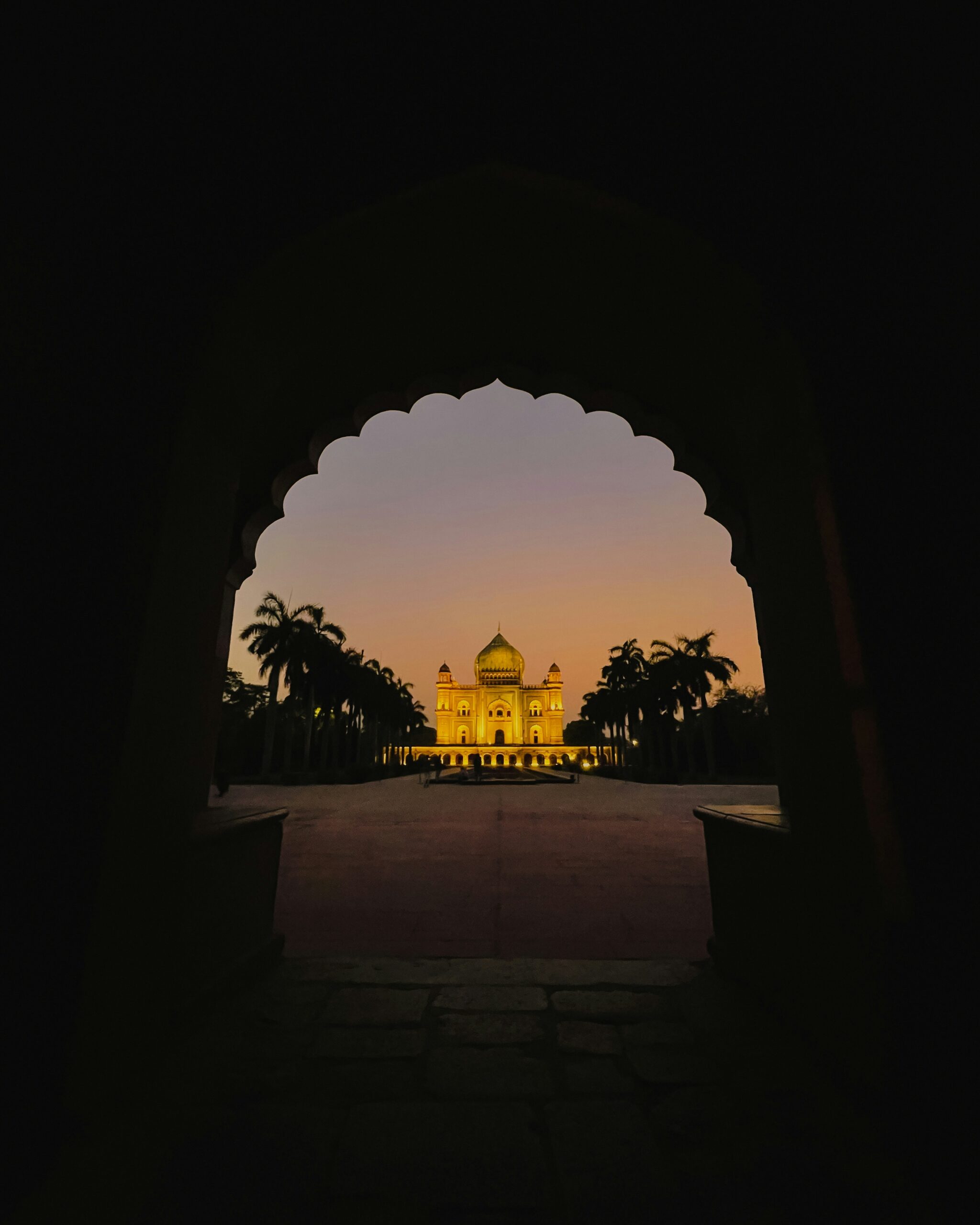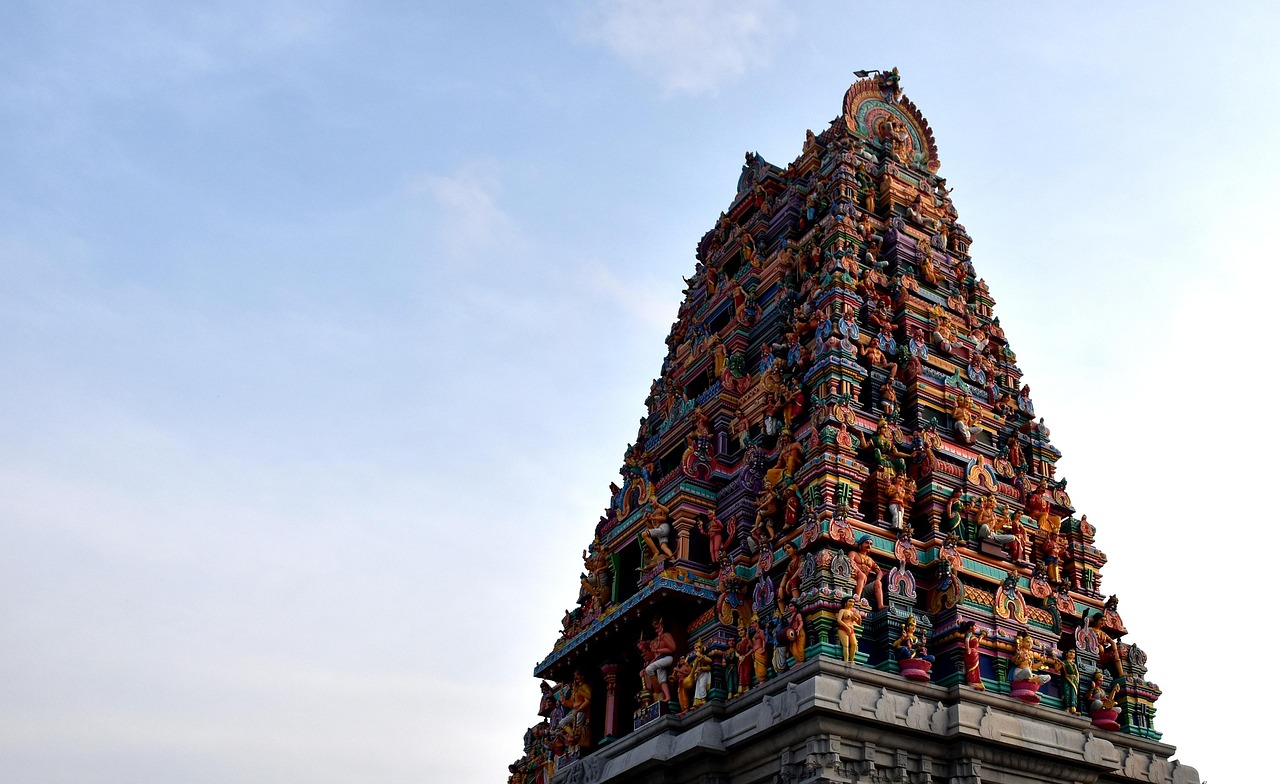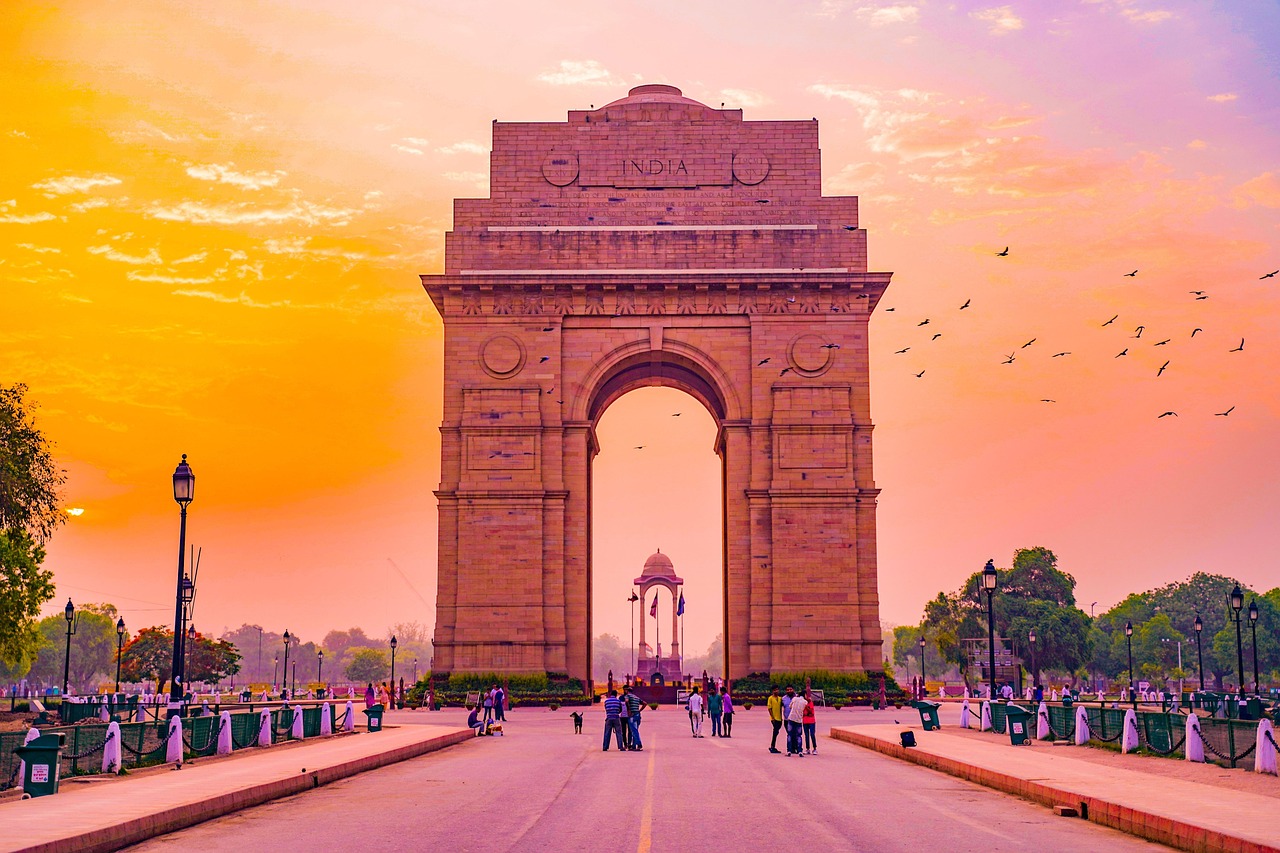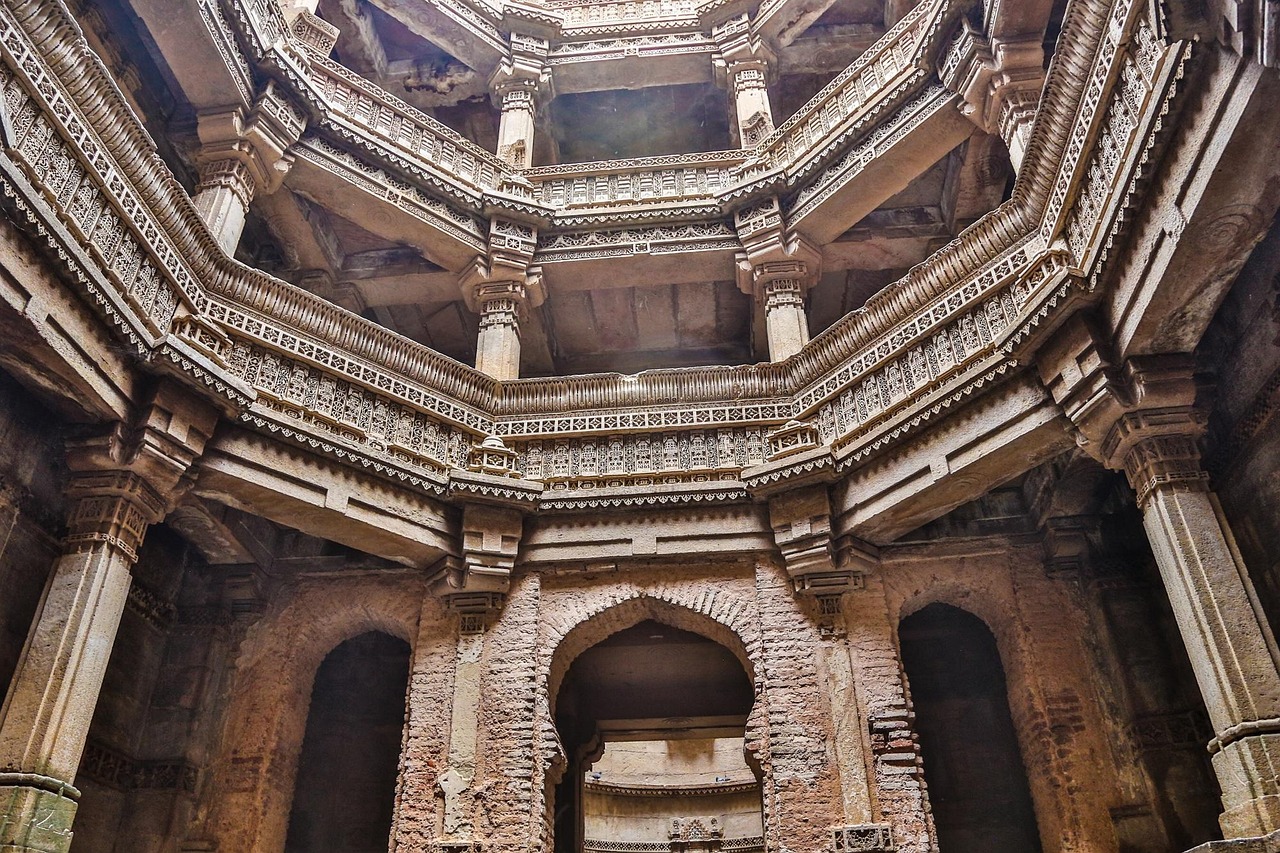If you’re looking to experience the soul of India in one seamless journey, the Golden Triangle India circuit is your perfect gateway. Connecting Delhi, Agra, and Jaipur, this iconic travel route forms a triangle on the map and offers a rich tapestry of history, architecture, culture, and cuisine. From Mughal marvels and Rajput grandeur to bustling bazaars and spiritual sanctuaries, the Golden Triangle is a curated crash course in India’s timeless charm.
Whether you’re a first-time visitor or a seasoned explorer, this route promises a journey that’s both immersive and unforgettable.
🗺️ What Is the Golden Triangle India?
The Golden Triangle refers to a triangular travel circuit connecting:
- Delhi (the capital city)
- Agra (home of the Taj Mahal)
- Jaipur (the Pink City of Rajasthan)
These three cities are roughly 200–250 km apart and form a triangle when plotted on a map. The route is popular for its accessibility, diversity, and depth—offering a taste of North India’s most iconic experiences in just 5–7 days.
🏛️ Delhi: The Gateway to India
Delhi is where the journey begins—an energetic blend of ancient monuments, colonial architecture, and modern chaos. It’s a city of contrasts, where Mughal tombs sit beside metro stations and street food competes with fine dining.
Must-Visit Attractions:
- Red Fort: A UNESCO World Heritage Site and symbol of Mughal power
- Qutub Minar: The tallest brick minaret in the world
- Humayun’s Tomb: The architectural precursor to the Taj Mahal
- India Gate & Rajpath: Colonial-era landmarks
- Lotus Temple & Akshardham: Modern spiritual marvels
- Chandni Chowk: A sensory overload of spices, sweets, and street life
Experiences:
- Rickshaw rides through Old Delhi
- Street food tours (try chaat, parathas, and jalebi)
- Shopping at Dilli Haat or Khan Market
Delhi sets the tone with its layered history and vibrant pulse.
🕌 Agra: The City of Eternal Love
Just a few hours from Delhi lies Agra, home to one of the world’s most iconic monuments—the Taj Mahal. But Agra is more than just a postcard; it’s a city steeped in Mughal legacy.
Must-Visit Attractions:
- Taj Mahal: A UNESCO World Heritage Site and eternal symbol of love
- Agra Fort: A red sandstone fortress with palaces and courtyards
- Mehtab Bagh: For sunset views of the Taj across the Yamuna
- Itimad-ud-Daulah: Often called the “Baby Taj”
- Fatehpur Sikri: A ghost city of Mughal grandeur, just outside Agra
Experiences:
- Sunrise visit to the Taj Mahal
- Mughlai cuisine tasting (try biryani, kebabs, and petha)
- Marble inlay workshops and handicraft shopping
Agra offers romance, refinement, and a glimpse into imperial India.
🏰 Jaipur: The Pink City of Royal Rajasthan
Jaipur completes the triangle with its regal charm, vibrant colors, and desert warmth. Known for its palaces, forts, and bazaars, it’s a city that celebrates heritage with flair.
Must-Visit Attractions:
- Amber Fort: A hilltop fortress with mirror halls and elephant rides
- City Palace: A royal residence with museums and courtyards
- Hawa Mahal: The iconic “Palace of Winds”
- Jantar Mantar: An astronomical observatory and UNESCO site
- Nahargarh & Jaigarh Forts: For panoramic views and military history
Experiences:
- Shopping for textiles, jewelry, and blue pottery in Johari Bazaar
- Rajasthani thali dining and folk performances
- Hot air balloon rides over Amber Fort (seasonal)
Jaipur is where history meets hospitality, wrapped in pink sandstone and royal pride.
🚗 How to Travel the Golden Triangle India
Most travelers begin in Delhi and follow this route:
Delhi → Agra → Jaipur → Delhi
You can travel by:
- Private car: Most comfortable and flexible
- Train: Fast and scenic (Shatabdi Express, Gatimaan Express)
- Bus: Budget-friendly but less convenient
- Guided tours: Ideal for first-timers or luxury travelers
The entire circuit can be completed in 5–7 days, though extending to 10–12 days allows for deeper exploration and relaxation.
🧭 Optional Extensions to the Golden Triangle
Want to go beyond the triangle? Consider these add-ons:
- Ranthambore National Park: For tiger safaris (between Jaipur and Agra)
- Varanasi: For spiritual immersion on the Ganges
- Pushkar: For camel fairs and lakeside serenity
- Udaipur: For lakes, palaces, and romance
- Mathura & Vrindavan: For Krishna temples and Holi celebrations
These extensions enrich your journey with wildlife, spirituality, and offbeat charm.
🛏️ Accommodation Options
Golden Triangle India offers a wide range of stays:
| Category | Features |
| Luxury Hotels | Heritage palaces, spas, curated experiences |
| Boutique Stays | Stylish, locally inspired, personalized service |
| Budget Hotels | Clean, affordable, centrally located |
| Homestays | Cultural immersion, local hospitality |
| Heritage Havelis | Historic charm with modern comfort |
Many tour packages include breakfast, guided tours, and transport.
📅 Best Time to Visit Golden Triangle India
North India has distinct seasons:
| Season | Months | Highlights |
| Winter | Oct–Feb | Pleasant weather, ideal for sightseeing |
| Spring | Mar–Apr | Blooming gardens, festivals like Holi |
| Summer | May–June | Hot but manageable with early starts |
| Monsoon | Jul–Sept | Lush greenery, fewer crowds, occasional rain |
Winter is peak season—book accommodations and tours in advance.
💡 Tips for Golden Triangle Travelers
To make the most of your journey:
- Dress modestly and comfortably—carry layers for temples and weather shifts
- Stay hydrated and carry sunscreen
- Hire certified guides for deeper insights
- Try local cuisine but be cautious with street food
- Respect local customs—especially at religious sites
Final Thoughts
The Golden Triangle India is more than just a travel route—it’s a cultural symphony. From the spiritual chants of Delhi to the marble poetry of Agra and the royal echoes of Jaipur, this circuit offers a condensed yet profound experience of India’s soul. Whether you’re a history buff, a romantic, a foodie, or a curious wanderer, the Golden Triangle welcomes you with open arms and unforgettable stories.



